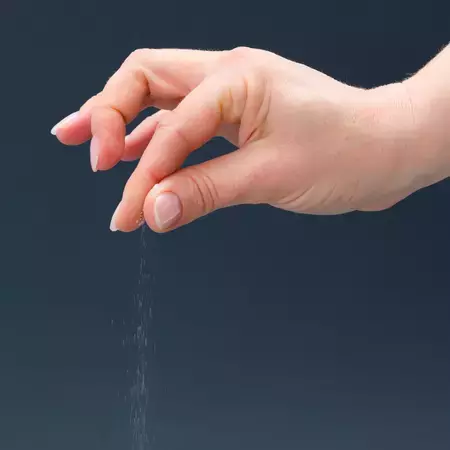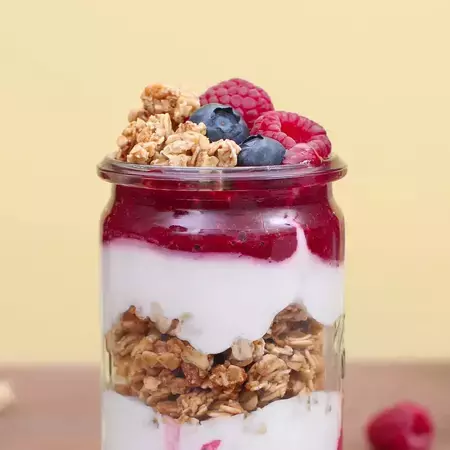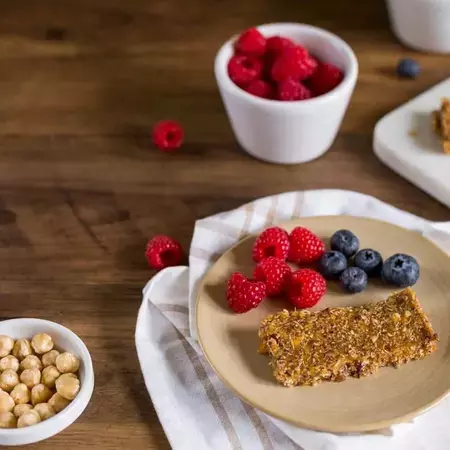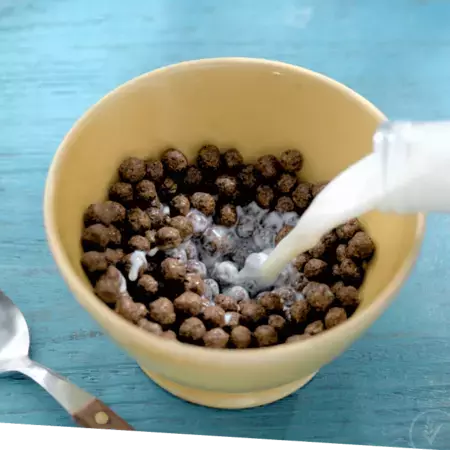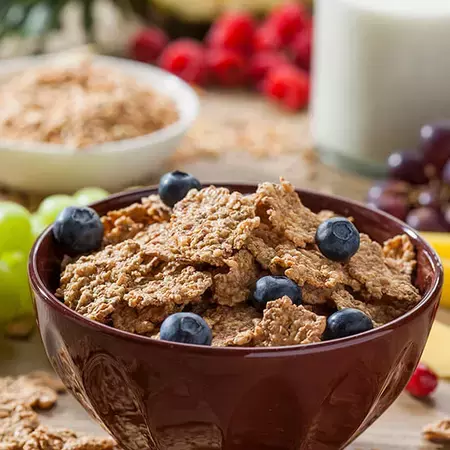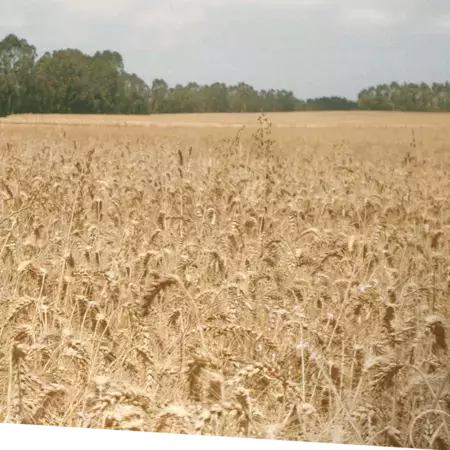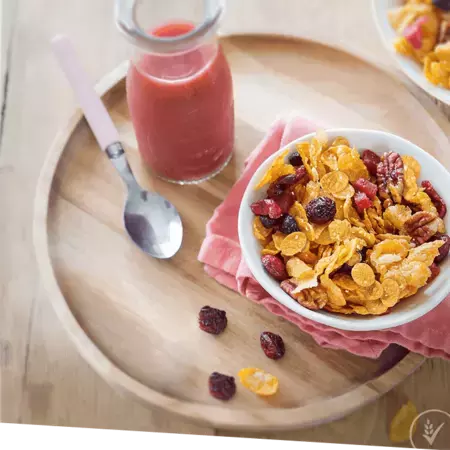Breakfast blog
If you get breakfast right, your day’s already off to a winning start. To help you and your loved ones hit the ground running, we've created lots of breakfast articles that will make a great reading for you in-between spoonfuls. Our breakfast blog is filled to the brim with helpful articles on everything breakfast-y from the importance of fibre to how we get natural goodness to your bowl. They say breakfast is the most important meal of the day, so let’s make sure we get it right..
From nutritional cereal information, such as what’s in your bowl and getting the right serving size for your cereal and milk, to the gluten-free options on offer and which cereals are fortified with what, we've got you covered.
Check out the articles to explore how to have a balanced and overall better start of the day with our handy breakfast blog.

